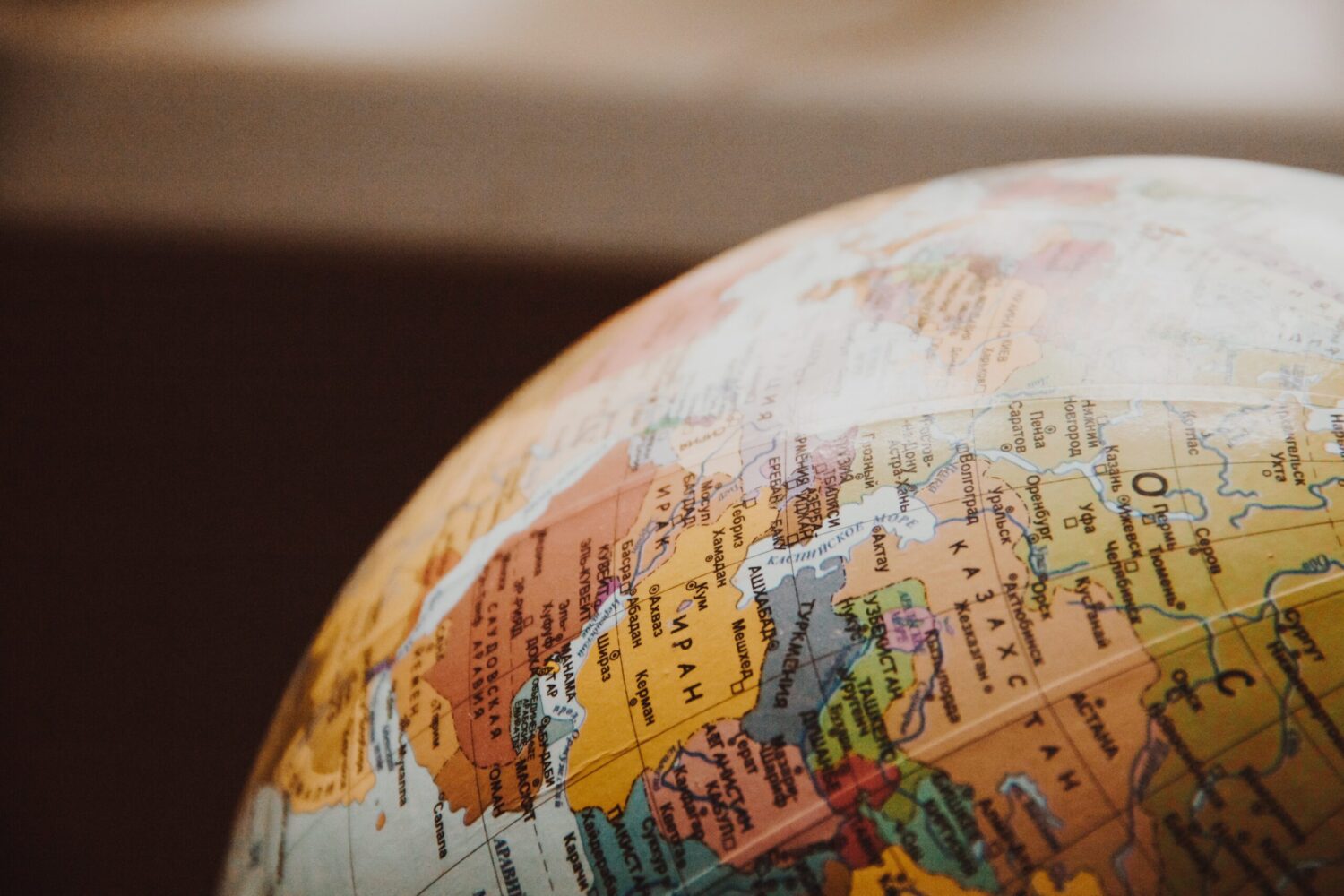After the global financial crisis in 2008, about ten European countries introduced the so-called “golden visas” for foreigners who invest in the country, buy housing, work and can apply for citizenship after a certain period of time. Following the introduction of the European Union, the minimum investment requirements are practical: the minimum investment starts at 50,000 Euros in Latvia, and 1.2 million Euros in the Netherlands. Investors can usually live and work in the country from three to five years and then they are allowed to apply for citizenship, writes Bloomberg.
However, the leads are starting to come. Two months ago, against the background of the ongoing dissatisfaction with the growth of house prices in Portugal, the government stated that it would repeat the program as soon as nt has ruled and accepted the proposed legislation – probably in the next few weeks.
The EU has long been pushing for countries with such programs to avoid golden visa fees, because they are “anti-democratic” and can be used as a way for filthy money to enter the region.
Europeans are once again economically stable and ready to face a tougher foreign policy. warm. For example, the program was held in Iceland on February 15. Greece has announced its intention to double its investment target to 500,000 Euros in several key destinations, including Athens. After the programs for Portugal and Spain close, immigration consultants predict that there will be greater demand in Greece and Spain.
There are almost no similar statistics for Europe, but some data suggest that the majority of people using the programs are from China. In Iceland, which offers a right of residence in exchange for an investment of 500,000 Euros to residents with a personal wealth of at least 2 million euros, Chinese citizens represent over 90% of the total of 1,727 applications received by the end of 2022. In Portugal first Invectitops also dominate the Chinese – or almost half of the 11,758 golden visas since 2012. In Greece, the figure is almost 60% of the 12,818 visas from 2013 onwards. Last year, many Ukrainians applied, and the number of Americans applying for visas has increased in recent years.
The programs really poured a lot of money into the European property markets: about 3.5 million Euros per year from 2016 to 2019, according to the European Parliament. Especially in Portugal, they came up with the idea of improving the housing stock by reducing the investment program on one level for candidates living in a house in need of maintenance.
The price of residential properties has fallen since 2015, according the Idealista real estate website. In the last five years in Athens, house prices have risen by 48%, according to official data. In Dublin has grown by 130% since 2012.
In other words, the interest has not changed that much. In Spain, where citizenship can be obtained for up to 500,000 Euros and 10 years of residence, has only 136 golden visas issued by 2022.
Despite the great dissatisfaction that occurs in the long-term, according to recent data, the golden visas have a weak influence on the value of the properties. In Irland, they issue only a few hundred visas each year, with 60,000 residential transactions expected by 2022.
The properties purchased through the program in Portugal represent approximately 0.3% of the total 300,000 real estate transactions in the country during the year, according to a real estate company.
Photo by Porapak Apichodilok:












